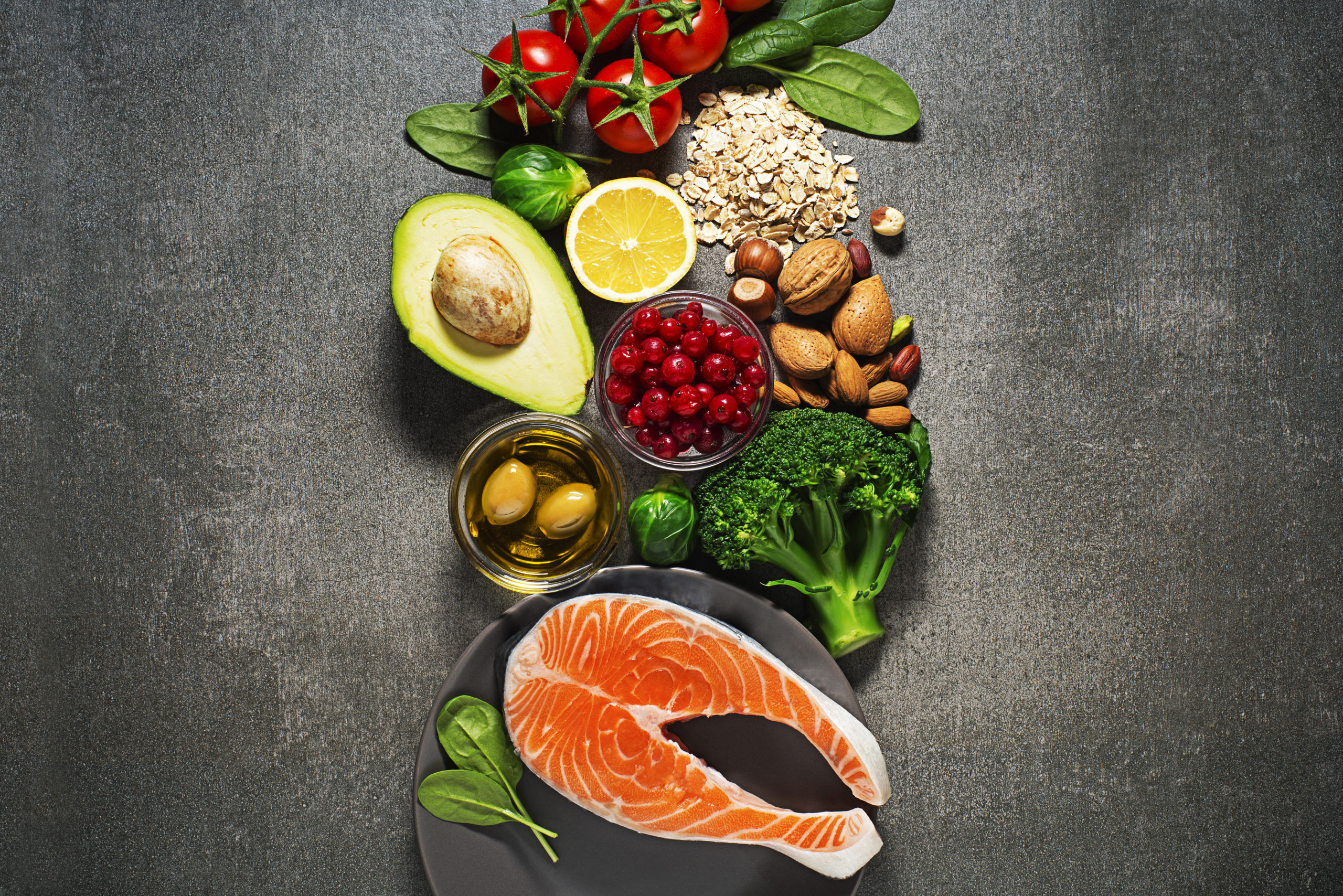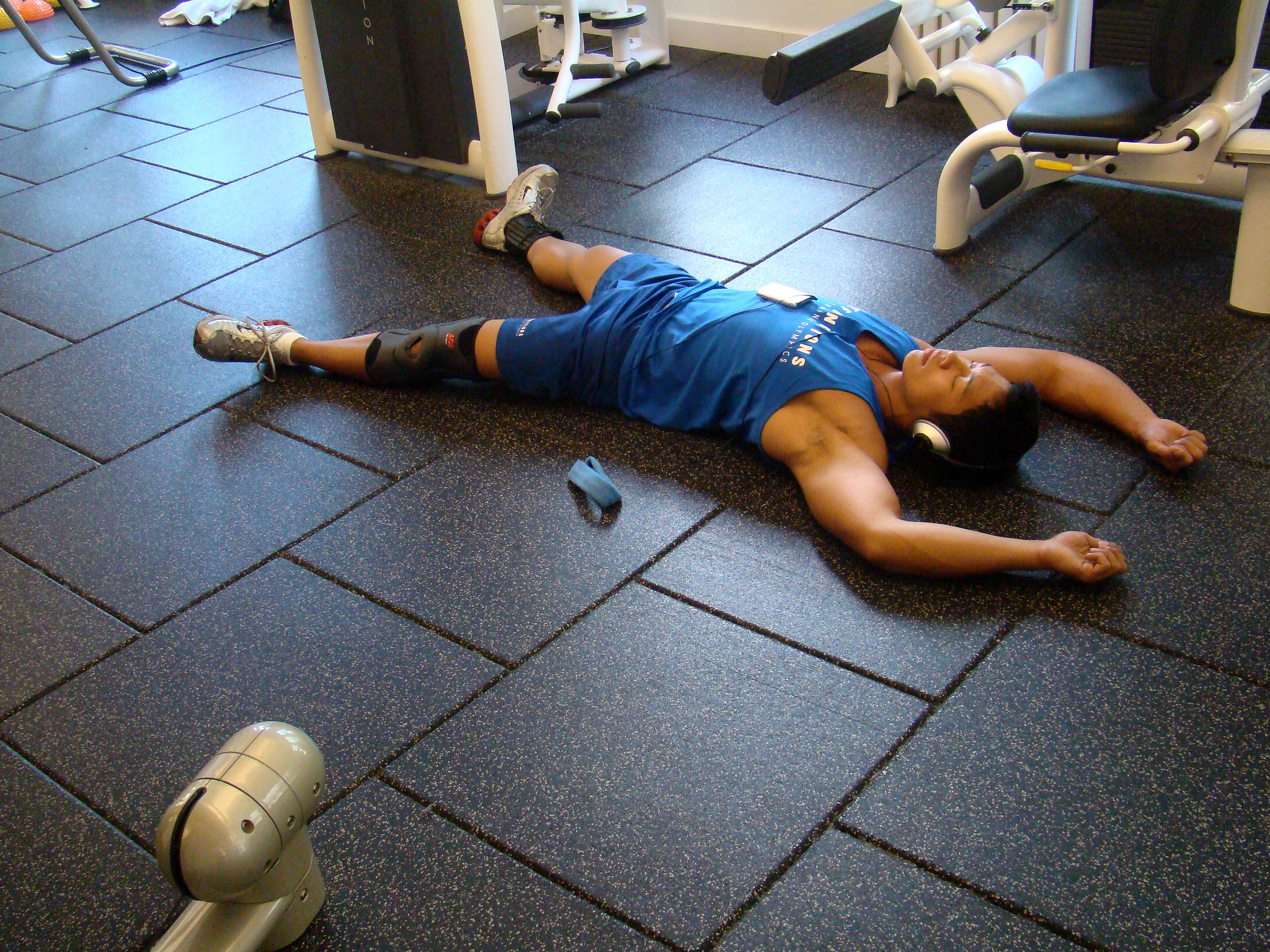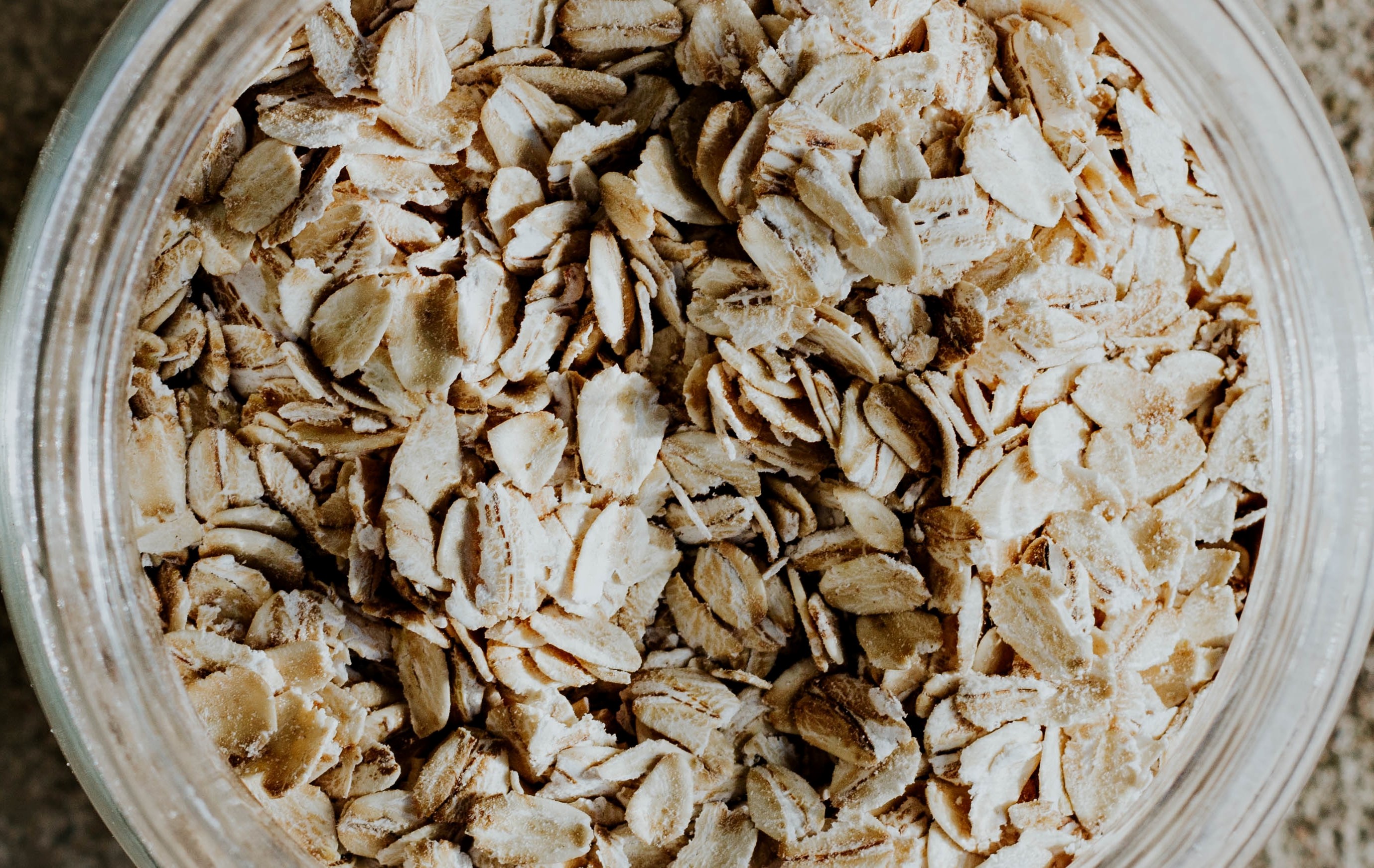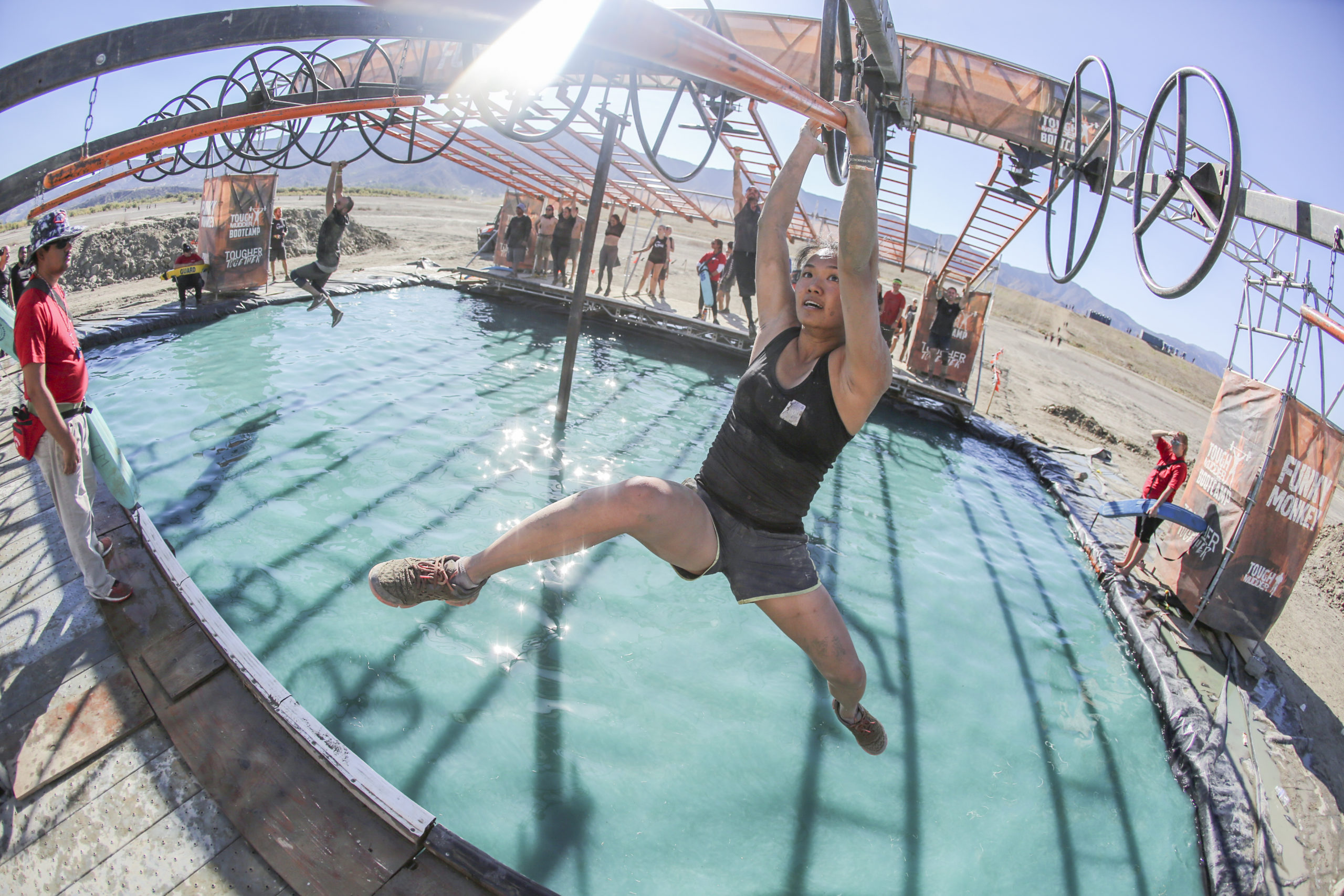You can tell a lot about a Mudder by how they prep.
Some roll up still smelling like last night’s kebab. Others have spreadsheets, spreadsheets for their spreadsheets, and three different types of socks. But no matter where you fall on the chaos-to-control spectrum, there’s one thing every seasoned Mudder knows: hydration can make or break your day in the mud.
This isn’t your average Sunday jog. This is high-output, high-sweat, borderline ridiculous punishment — and your body needs the right fuel to survive it (and still be able to walk the next day).
So before you throw yourself into the madness, let’s talk about the quiet MVP of your prep: water. Specifically, the kind that does more than just exist.
You’ve got your gear sorted. Training? Tick. Mental toughness? Let’s call it… pending. But if you’re not thinking about hydration in the lead-up to Tough Mudder, you’re basically showing up to a gunfight with a pool noodle.
Look, this course is no walk in the park. You’re going to sweat. You’re going to cramp. You might even question your life choices somewhere between Arctic Enema and Electroshock Therapy. The last thing you want is your body tapping out because you didn’t take water seriously.
So here’s the truth bomb: hydration isn’t just about drinking water on race day. It’s about prepping your body before you even hit the starting line. Hydrated muscles perform better, recover faster, and cramp less. Your brain functions sharper. Your endurance holds up. And yep — it even helps reduce that post-Mudder hobble we all know and dread.
But not all water’s created equal. Some of it just passes through like a polite tourist. Others — like Alka Power — know how to put in the work.
Bottled at the source in the pristine Southern Highlands of NSW, Alka Power is Australia’s favourite alkaline water, loaded with naturally bioavailable marine trace minerals. It’s got a pH of 9–10, which means it helps neutralise acid build-up from high-intensity training. It hydrates at a cellular level — the kind that keeps cramps at bay, supports recovery, and helps your body handle the punishment you’re about to put it through. That’s why Alka Power has been Australia’s number one alkaline water brand since 2015.
And in big news for thirsty legends: Alka Power now comes in a 10-litre bag-in-box format. That’s hydration in bulk — perfect for stocking your fridge, team tent, or car boot so you’re never scrambling for a bottle last minute. Less plastic, more performance. We love to see it.
So here’s your prep checklist:
✔ Eat carbs
✔ Taper like a pro
✔ Visualise the finish line
✔ Hydrate like it actually matters
Because it’s not just mud you’ll be dragging yourself through — it’s fatigue, lactic acid, and mental walls too. Give your body every edge.
Hydrate. Dominate. Then rinse off and brag for weeks.
Alka Power is available nationally at major and independent retailers. Make the change.
















